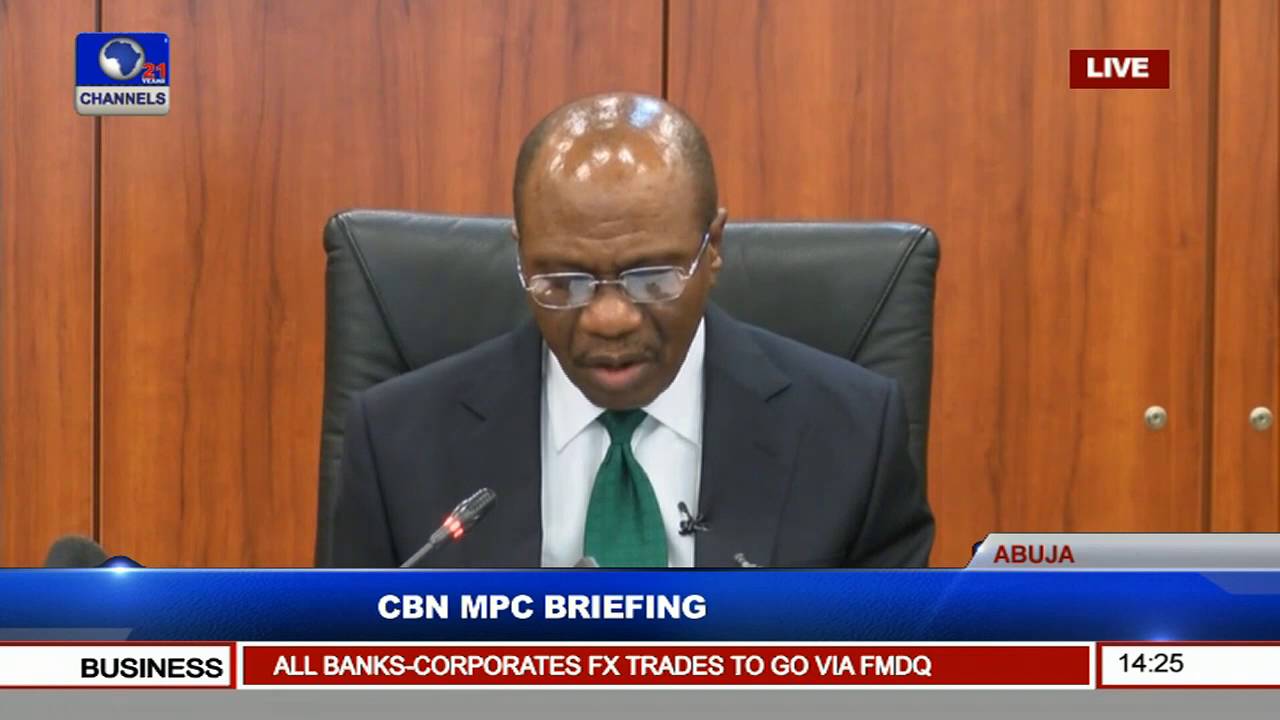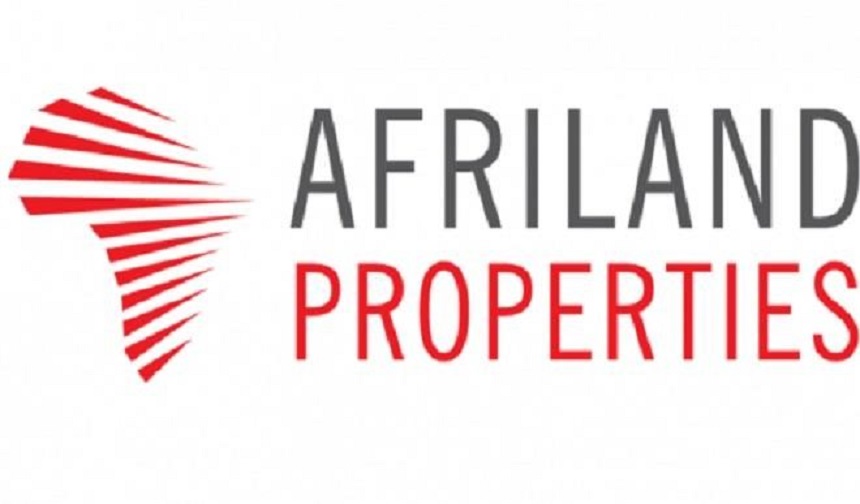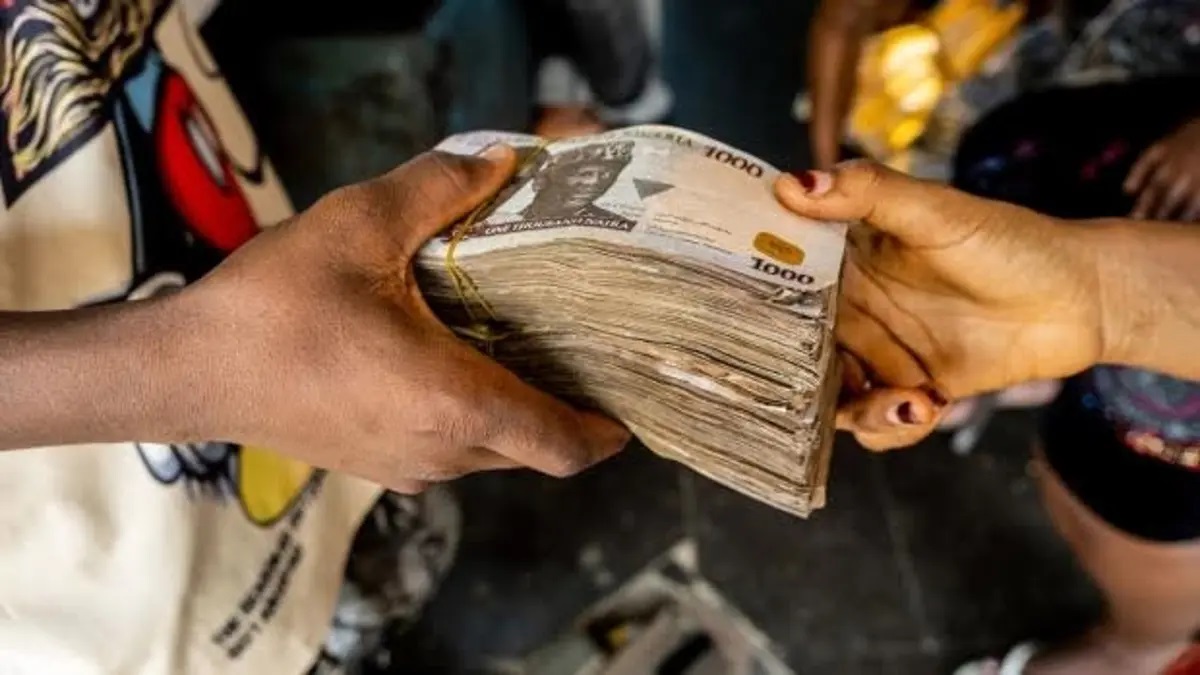Economy
MPC Meeting: Considerations and Policy Options


By FSDH Research
Is Expansionary Monetary Policy Appropriate?
We expect the Monetary Policy Committee (MPC) of the Central Bank of Nigeria (CBN) to hold rates at the current levels when it meets on January 23-24, 2017. Although the inflationary pressure and weak exchange rate justify a rate hike, it may be a difficult policy given the need to implement policies to boost growth in the economy.
The CBN will continue to use the Open Market Operations (OMO) to manage liquidity to achieve the desired goals in the short-term. At its November 2016 meeting, the MPC maintained the Monetary Policy Rate (MPR) at 14%, with the asymmetric corridor at +200 basis points and -700 basis points; retained the Cash Reserve Requirement (CRR) and Liquidity Ratio (LR) at 22.50% and 30% respectively.
The International Monetary Fund (IMF) stated that economic activity is projected to improve in 2017 especially in emerging market economies. This is contained in its latest World Economic Outlook (WEO) Update for January 2017. The IMF projects global growth at 3.4% in 2017, from an estimated growth of 3.16% in 2016. Advanced economies are projected to grow by 1.9% in 2017, from 1.6% in 2016, led by growth in the United States (U.S). The IMF projects a growth of 4.5% for the Emerging Markets and Developing Economies from an estimate of 4.1% in 2016, as policy stimulus and improvements in commodity prices aid growth.
The new administration in the U.S. led by Mr. Donald Trump has promised to embark on expansionary fiscal policy to build infrastructure and lower taxes. This policy may drive inflation rate in the U.S beyond the 2% target set by the Federal Open Market Committee (FOMC) of the U.S Federal Reserve (The Fed).
The FOMC may respond by a rate hike faster than earlier anticipated. Consequently, global yields may rise with a possible capital flight from other countries into the U.S. The appropriate monetary mitigant in Nigeria under this situation is a tight monetary policy.
The IMF estimates Gross Domestic Product (GDP) contraction in Nigeria in 2016 at 1.5%, but to grow by 0.8% in 2017. The Nigerian economy has been plagued with a number of macroeconomic issues, as well as insecurity in certain parts of the country that are now experiencing some relief. There is still foreign exchange shortages as a result of lower export revenue linked to the drop in oil price and production. There is an improvement in Nigeria’s economic outlook because of the increase in oil output and the impact of the supply cut by the Organization for Petroleum Exporting Countries (OPEC). In the short-term, a hold decision will be appropriate.
The inflationary pressure still persists in Nigeria, as we expect the January 2017 inflation rate to increase further from the December 2016 figure. The inflation rate increased in December 2016 to 18.55%, from 18.48% in November 2016. The inflation rate in the medium term would be driven by the base effect from previous higher prices, expected good food crop harvest and, possible increase in electricity tariff and pump price of Premium Motor Spirit (PMS). Given the outlook of inflation rate between now and the next MPC meeting, a rate cut will be counter-productive.
The decision of the OPEC and some non-OPEC countries for coordinated cuts in oil output agreed in
November 2016 has led to a significant boost to oil prices. The average price of Bonny Light was $54.21/b in December 2016, up by 19.27% from $45.45/b in November 2016.
The price of Bonny Light crude oil also increased by 17.44% to US$55.09b as at January 17, 2017 from US$46.91/b on November 22, 2016. The secondary data from the OPEC shows that Nigeria’s oil output decreased by 7.23% to 1.54mbd in December 2016, from 1.66mbd as at November 2016. The ongoing talks in the Niger Delta region and the provision for the amnesty programme in Budget 2017 could restore oil output.
The external reserves increased consistently after the last MPC meeting in November 2016. The 30-day moving average external reserves increased by 11.51% from $24.50bn as at November 22, 2016 to $27.32bn as at January 17, 2017. The increase in oil production from September 2016 up till November 2016 boosted the external reserves. The support from the African Development Bank (AfDB) contributed to the external reserves. A rate cut may lead to capital flight. Thus, we expect the MPC to hold rates while it awaits complementary fiscal policy support.
The Naira depreciated at the inter-bank and parallel markets between the last MPC Meeting and January 17, 2017. It recorded a marginal depreciation of 0.08% at the inter-bank market to close at $1/N305.25 on January 17, 2017 from $1/N305 on November 22, 2016. The premium between the inter-bank and parallel markets averaged about N181 after the last MPC meeting in November 2016. The parallel market rate also depreciated by 6.12% to $1/N498.50 on January 17, 2017 from $1/N468 on November 22, 2016. A rate cut may lead to further depreciation in the value of the Naira.
The average yields on the 182-day and 364-day Nigerian Government Treasury Bills (NTBs) increased to 19.17% and 22.98% in December 2016, compared with 19.11% and 22.85% respectively in November 2016.
The 91-day
NTB closed unchanged at 14.50% in December 2016. The yields on the NTBs sold on January 04, 2017 were at 14.51%, 19.17% and 22.98% on the 91-day, 182-day and 364-day NTBs, respectively. However, the average yield on the 16% June 2019; 16.39% FGN Bond January 2022 and 10% July 2030 increased to 15.65%, 15.71% and 15.86% in December 2016 from 14.99%, 15.26% and 15.61% in November 2016. They stood at 16.37%, 16.10% and 16.30% as at January 18, 2017. The increase in yields reflects the current rising inflation rate and weak exchange rate.
The monetary aggregates and credits to the private sector grew in the first ten months of the year, and above the target rates for 2016. The growth in credit was mainly from the impact of devaluation of the Naira. The broad money supply (M2) increased by 11.21% to N22.28trn in October 2016, from N20.03trn in December 2015; an annualized growth of 13.45%. The provisional growth benchmark for 2016 is 10.98%.
The narrow money (M1) grew by 16.94% to N10.02trn in October 2016, from the end-December 2015 figure. Net Domestic Credit (NDC) also grew by 23.89% in the same period; an annualized growth of 28.67%. The provisional benchmark growth for 2016 is 17.94%. The credit to government increased by 280.06% during the period.
Similarly, credits to the private sector grew by 23.24% for October 2016, compared with December 2015; an annualized growth of 27.89%. The benchmark growth for 2016 is 13.28%.
Looking at the economic developments in the country and the impact of the external developments on the Nigerian economy, we expect the MPC to hold rates at the current levels. If the peace in the Niger Delta region is maintained, oil output may increase. This will increase exports and inflow of foreign exchange.
The need for the Federal Government Nigeria (FGN) to borrow aggressively may reduce and interest rate and inflation rate may drop. All these may take a couple of months to happen.
Economy
Afriland Properties Lifts NASD OTC Securities Exchange by 0.04%

By Adedapo Adesanya
Afriland Properties Plc helped the NASD Over-the-Counter (OTC) Securities Exchange record a 0.04 per cent gain on Tuesday, December 10 as the share price of the property investment rose by 34 Kobo to N16.94 per unit from the preceding day’s N16.60 per unit.
As a result of this, the market capitalisation of the bourse went up by N380 million to remain relatively unchanged at N1.056 trillion like the previous trading day.
But the NASD Unlisted Security Index (NSI) closed higher at 3,014.36 points after it recorded an addition of 1.09 points to Monday’s closing value of 3,013.27 points.
The NASD OTC securities exchange recorded a price loser and it was Geo-Fluids Plc, which went down by 2 Kobo to close at N3.93 per share, in contrast to the preceding day’s N3.95 per share.
During the trading session, the volume of securities bought and sold by investors increased by 95.8 per cent to 2.4 million units from the 1.2 million securities traded in the preceding session.
However, the value of shares traded yesterday slumped by 3.7 per cent to N4.9 million from the N5.07 million recorded a day earlier, as the number of deals surged by 27.3 per cent to 14 deals from 11 deals.
Geo-Fluids Plc remained the most active stock by volume (year-to-date) with 1.7 billion units sold for N3.9 billion, trailed by Okitipupa Plc with 752.2 million units valued at N7.8 billion, and Afriland Properties Plc with 297.5 million units worth N5.3 million.
Also, Aradel Holdings Plc remained the most active stock by value (year-to-date) with 108.7 million units worth N89.2 billion, followed by Okitipupa Plc with 752.2 million units valued at N7.8 billion, and Afriland Properties Plc with 297.5 million units sold for N5.3 billion.
Economy
Naira Trades N1,542/$1 as FX Speculators Dump Dollars in Panic

By Adedapo Adesanya
The Naira continued to appreciate on the US Dollar at the Nigerian Autonomous Foreign Exchange Market (NAFEM), gaining 0.7 per cent or N10.23 on Tuesday, December 10 to trade at N1,542.27/$1 compared with the preceding day’s N1,552.50/$1.
The Central Bank of Nigeria (CBN)-backed Electronic Foreign Exchange Matching System (EFEMS) platform introduced to tackle speculation and improve transparency in Nigeria’s FX market has been attributed as the source of the Naira’s appreciation.
Speculators holding foreign currencies, particularly the US Dollar, have seen the value of their money drastically drop due to the appreciation of the local currency. This is forcing them to dump greenback into the system and take the domestic currency alternative- a move that has seen available FX increase.
Equally, the domestic currency improved its value against the Pound Sterling in the official market during the trading day by N6.81 to sell for N1,955.12/£1 compared with Monday’s closing price of N1,961.93/£1 and against the Euro, it gained N10.84 to close at N1,613.00/€1, in contrast to the previous day’s rate of N1,623.84/€1.
Data from the FMDQ Securities Exchange showed that the value of forex transactions significantly increased yesterday by $228.85 million or 257.2 per cent to $401.17 million from the preceding session’s $112.32 million.
However, in the parallel market, the Nigerian currency weakened against the US Dollar on Tuesday by N5 to settle at N1,625/$1 compared with the previous day’s value of N1,620/$1.
In the cryptocurrency market, Dogecoin (DOGE) lost 4.8 per cent to sell at $0.39116, Litecoin (LTC) depreciated by 3.3 per cent to trade at $110.25, Binance Coin (BNB) went south by 2.3 per cent to $681.44, Ethereum (ETH) dropped 1.6 per cent to finish at $3,671.08, and Cardano (ADA) slid by 0.5 per cent to $0.8837
Conversely, Ripple (XRP) jumped by 5.4 per cent to $2.23 amid a continued shift for the coin with its parent company seeing the benefits of a crypto-friendly regulatory environment for US-based companies.
XRP is closely related to Ripple Labs, a high-profile payments company targeted by the SEC in 2020 on allegations of selling the token as a security to U.S. investors. Ripple fully cleared a long-drawn court case in 2024.
Further, Solana (SOL) expanded by 0.8 per cent to $219.75, Bitcoin (BTC) grew by 0.4 per cent to $97,446.95, while the US Dollar Tether (USDT) and the US Dollar Coin (USDC) remained unchanged at $1.00 each.
Economy
Chinese Demand, Europe, Syria Development Buoy Oil Prices

By Adedapo Adesanya
Oil prices rose on Tuesday, influenced by increasing demand in China, the world’s largest buyer, as well as developments in Europe and Syria, with Brent crude futures closing at $72.19 per barrel after chalking up 5 cents or 0.07 per cent while the US West Texas Intermediate finished at $68.59 a barrel after it gained 22 cents or 0.32 per cent.
China will adopt an “appropriately loose” monetary policy in 2025 as the world’s largest oil importer tries to spur economic growth. This would be the first easing of its stance in 14 years.
Chinese crude imports also grew annually for the first time in seven months, jumping in November on a year-on-year basis.
Speculation about winter demand in Europe also contributed to the rise in prices as the period has been known for high demand.
In Syria, rebels were working to form a government and restore order after the ousting of President Bashar al-Assad, with the country’s banks and oil sector set to resume work on Tuesday.
Although Syria itself is not a major oil producer, it is strategically located and has strong ties with Russia and Iran – two of the world’s largest oil producers.
Market analysts noted that the tensions in the Middle East seem contained, which led market participants to price for potentially low risks of a wider regional spillover leading to significant oil supply disruption.
The market is also looking forward to the US Federal Reserve, which is expected to make a 25 basis point cut to interest rates at the end of its December 17-18 meeting.
This move could improve oil demand in the world’s biggest economy, though traders are waiting to see if this week’s inflation data derails the cut.
Crude oil inventories in the US rose by 499,000 barrels for the week ending November 29, according to The American Petroleum Institute (API). Analysts had expected a draw of 1.30 million barrels.
For the week prior, the API reported a 1.232-million barrel build in crude inventories.
So far this year, crude oil inventories have fallen by roughly 3.4 million barrels since the beginning of the year, according to API data.
Official data from the US Energy Information Administration (EIA) will be released later on Wednesday.
Also, the market is getting relief from the recent decision of selected members of the Organisation of the Petroleum Exporting Countries and its allies, OPEC+ to delay the rollback of 2.2 million barrels per day of oil production cuts to April from January. Another 3.6 million barrels per day in output reductions across the OPEC+ group has been extended to the end of 2026 from the end of 2025.
-

 Feature/OPED5 years ago
Feature/OPED5 years agoDavos was Different this year
-
Travel/Tourism8 years ago
Lagos Seals Western Lodge Hotel In Ikorodu
-

 Showbiz2 years ago
Showbiz2 years agoEstranged Lover Releases Videos of Empress Njamah Bathing
-

 Banking6 years ago
Banking6 years agoSort Codes of GTBank Branches in Nigeria
-

 Economy2 years ago
Economy2 years agoSubsidy Removal: CNG at N130 Per Litre Cheaper Than Petrol—IPMAN
-

 Banking2 years ago
Banking2 years agoFirst Bank Announces Planned Downtime
-

 Sports2 years ago
Sports2 years agoHighest Paid Nigerian Footballer – How Much Do Nigerian Footballers Earn
-

 Technology4 years ago
Technology4 years agoHow To Link Your MTN, Airtel, Glo, 9mobile Lines to NIN
























